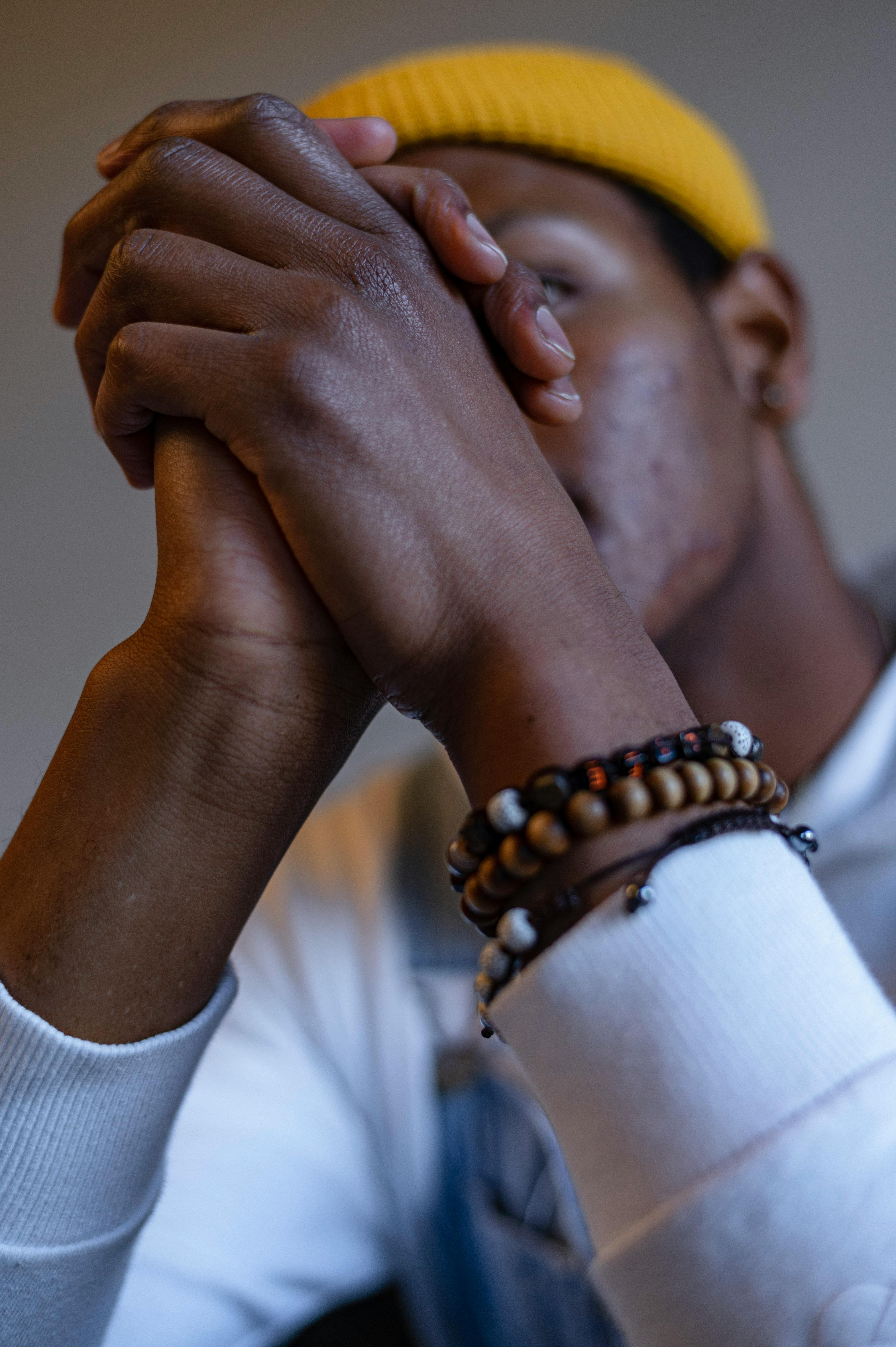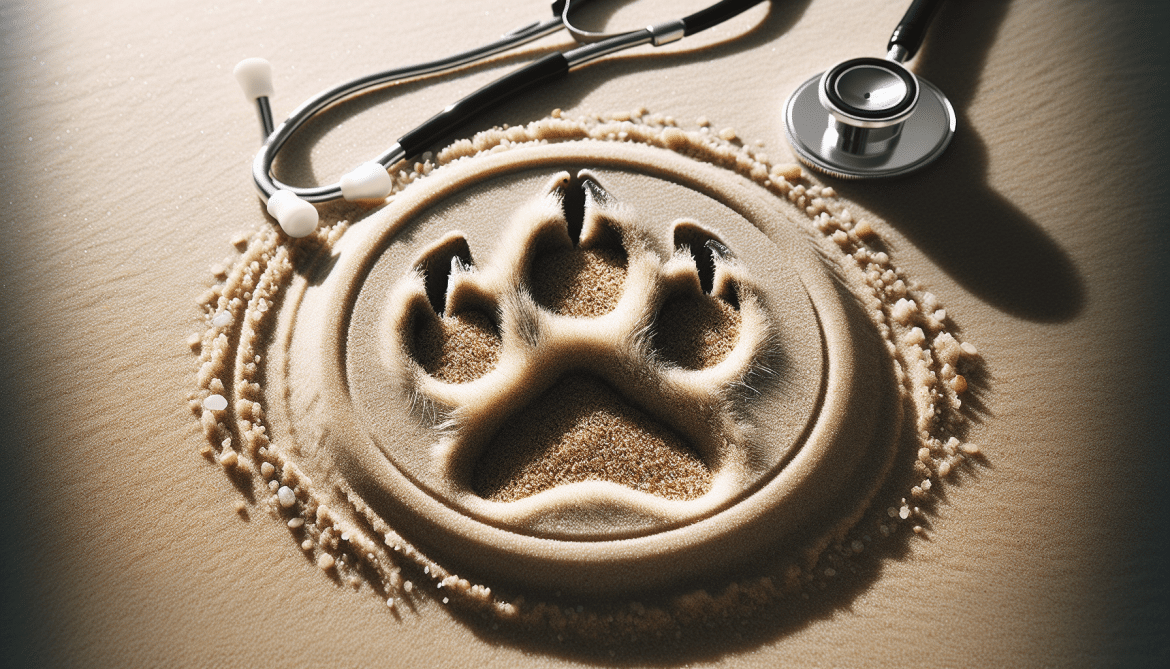When your furry friend starts limping, it's natural to feel a wave of concern wash over you. But don't worry! In this article, we'll provide you with essential tips and strategies for administering first aid to your limping puppy right at home. From assessing the severity of the limp to how to apply first aid techniques, we've got you covered. So, grab a cup of tea, settle into your favorite spot on the couch, and let's learn how to provide the best care for your precious pup.

This image is property of images.pexels.com.
Assessing the Situation
When you notice that your puppy is limping, it's important to assess the situation carefully. Start by observing your puppy's behavior. Is it in pain? Is it favoring one leg? Is it reluctant to put weight on the affected limb? These observations can provide valuable insights into the potential cause of the limping.
Next, check for any visible injuries on the limb. Look for cuts, abrasions, or any signs of swelling. Gently touch the limb and observe your puppy's reaction. If your puppy shows signs of pain or discomfort upon touch, it's a clear indication that something is wrong.
Once you have examined the visible signs, take a closer look at the limb that is limping. Try to feel for any abnormalities such as fractures or dislocations. Keep in mind that you should never attempt to manipulate the limb or force it into a different position. This can cause further damage and should be left to a professional veterinarian.
Immediate Care
After assessing the situation, it's important to provide immediate care to your limping puppy. This will help alleviate pain, reduce swelling, and prevent further injury.
First, rest and isolate your puppy in a quiet and comfortable area of your home. This will prevent any unnecessary movement and provide a calm environment for your puppy to recover.
Next, apply a cold compress to the affected limb. This can be a bag of frozen vegetables or a cold towel. Gently place the compress on the injured area for about 10 to 15 minutes. The cold temperature will help reduce swelling and relieve pain. Be sure to wrap the cold compress with a thin cloth to avoid direct contact with your puppy's skin.
While your puppy is recovering, it's important to limit activity and avoid any strenuous exercises. Encourage your puppy to rest and refrain from jumping or engaging in any physical activities that could further injure the limping limb.
Contacting a Veterinarian
Even though you are providing immediate care, it's crucial to contact your local veterinarian as soon as possible. A professional opinion and examination are necessary to ensure proper diagnosis and treatment.
Call your veterinarian and provide detailed information about the situation. Explain your puppy's symptoms, the limb that is affected, and any observations you have made. The veterinarian will guide you on the next steps, which may include making an appointment for a physical examination or providing immediate advice for at-home care.
Remember, a veterinarian is the best person to assess your puppy's condition and provide appropriate medical advice. They have the knowledge and experience to properly diagnose the underlying cause of the limping and recommend the most effective treatment options.
Managing Pain
While awaiting professional guidance from your veterinarian, it's important to manage your puppy's pain carefully. However, it is crucial to avoid giving any medication without veterinary guidance. Many human pain medications can be toxic to dogs, and dosages must be carefully calculated based on your puppy's weight and condition.
If your veterinarian recommends the use of over-the-counter pain relievers, proceed with caution and follow their instructions precisely. Always choose medications specifically formulated for dogs, as human medications can be harmful. It's essential to consult your veterinarian for proper dosage instructions before administering any medication.
Alternatively, you may want to consider natural remedies for pain relief. Some pet owners find relief for their limping dogs through methods such as acupuncture, massage, or herbal supplements. However, it's crucial to consult your veterinarian before trying any natural remedies to ensure they are safe and suitable for your puppy.

This image is property of images.pexels.com.
Supporting the Limb
Providing support to your puppy's limping limb is essential for its recovery and preventing further injury.
One method to support the limb is by creating a sling. A sling can help take some weight off the injured leg while your puppy moves around. You can use a wide cloth or a specially designed dog sling to create support. Remember to fasten it securely but not too tight, allowing your puppy to move comfortably.
Splints or bandages can also be used to support the injured limb, but it's crucial to do this under veterinary supervision. Improper application of splints or bandages can cause further harm, so it's best to consult your veterinarian for their expertise in applying these supports.
During this time, it's important to avoid putting any pressure on the injured limb. This means preventing your puppy from running, jumping, or engaging in any activities that could worsen the injury. Creating a safe and controlled environment is essential to ensure your puppy's well-being.
Maintaining Hygiene
Keeping the wound clean and dry is crucial for preventing infection and promoting faster healing.
If there is an open wound or cut, it's important to clean it regularly. Use antiseptic solutions recommended by your veterinarian to gently clean the wound. Follow the instructions provided by your veterinarian for the proper technique and frequency of cleaning.
To maintain hygiene, change dressings regularly. This will help prevent any bacterial buildup and ensure a healthy recovery. Be gentle when removing and applying new dressings to avoid causing any discomfort to your puppy.
Remember, maintaining proper hygiene is a vital part of the healing process. If you notice any signs of infection, such as excessive redness, swelling, or discharge, contact your veterinarian immediately for further guidance.

This image is property of images.pexels.com.
Monitoring Progress
As your puppy recovers, it's important to monitor its progress closely. Keep an eye out for any changes in its limping behavior. Is it improving? Is it still experiencing pain? Observe how your puppy walks and how it puts weight on the affected limb.
Check for any signs of swelling or inflammation around the injured area. Swelling can indicate that there is still internal healing taking place. It's important to note the size and severity of the swelling to provide accurate information to your veterinarian.
Take note of any worsening symptoms, such as increased pain, excessive swelling, or sudden changes in behavior. These could be indications that the injury is not healing as expected or that there may be underlying issues that need to be addressed by your veterinarian.
Rest and Rehabilitation
Rest is crucial for your puppy's recovery. Allow your puppy sufficient time to rest and heal from the injury. Avoid pushing it to engage in physical activities that could cause further stress or strain on the limb.
In some cases, your veterinarian may recommend specific rehabilitation exercises to help strengthen the limb and promote a faster recovery. These exercises may include gentle stretches, controlled movements, or hydrotherapy. It's important to follow your veterinarian's guidance and instructions precisely to ensure the best possible outcome for your puppy.
If necessary, consult a professional for physical therapy. Physical therapists who specialize in animal rehabilitation can design a customized rehabilitation plan for your puppy. They have the knowledge and expertise to guide your puppy's recovery journey and help it regain strength and mobility in the affected limb.
Preventing Future Injuries
After your puppy has recovered from the limping episode, it's important to take preventive measures to avoid future injuries.
Provide a safe and protected environment for your puppy to minimize the risk of accidents and injuries. Remove any hazards, secure gates and fences, and supervise your puppy's activities to prevent falls or collisions.
Ensure your puppy receives proper nutrition and exercise to maintain strong bones and muscles. A balanced diet and regular exercise will help keep your puppy's joints and muscles healthy, reducing the risk of injuries.
Avoid excessive strain on your puppy's joints and muscles. Overexertion can lead to injuries and long-term orthopedic problems. Gradually introduce new activities and exercise routines, allowing your puppy's body to adapt and strengthen over time.
Emotional Support for the Puppy
Dealing with a limping puppy can be distressing for both you and your companion. Providing emotional support is just as important as providing physical care.
Offer comfort and reassurance to your puppy. Be there for them with gentle words and a calm presence. Show your love and care through gentle petting and touching, if it does not cause any discomfort.
Minimize stressful situations for your puppy. Avoid loud noises, excessive activity, or anything that could startle or frighten them. Maintain a serene and nurturing environment that promotes a sense of security.
Remember, a limping puppy may experience fear, frustration, or anxiety due to its physical condition. Your loving presence and emotional support can make a significant difference in helping your puppy feel secure and emotionally balanced during this challenging time.
Taking immediate action when you notice your puppy limping is crucial for their well-being. By carefully assessing the situation, providing immediate care, and contacting a veterinarian, you can ensure that your puppy receives the right treatment and support. With proper pain management, limb support, hygiene, and monitoring, your puppy will have a higher chance of a successful recovery. By taking preventive measures and offering emotional support, you can help your puppy stay healthy and happy while minimizing the risk of future injuries. Remember, your veterinarian is your best ally in providing comprehensive care for your limping puppy, so never hesitate to reach out to them for guidance and assistance.


